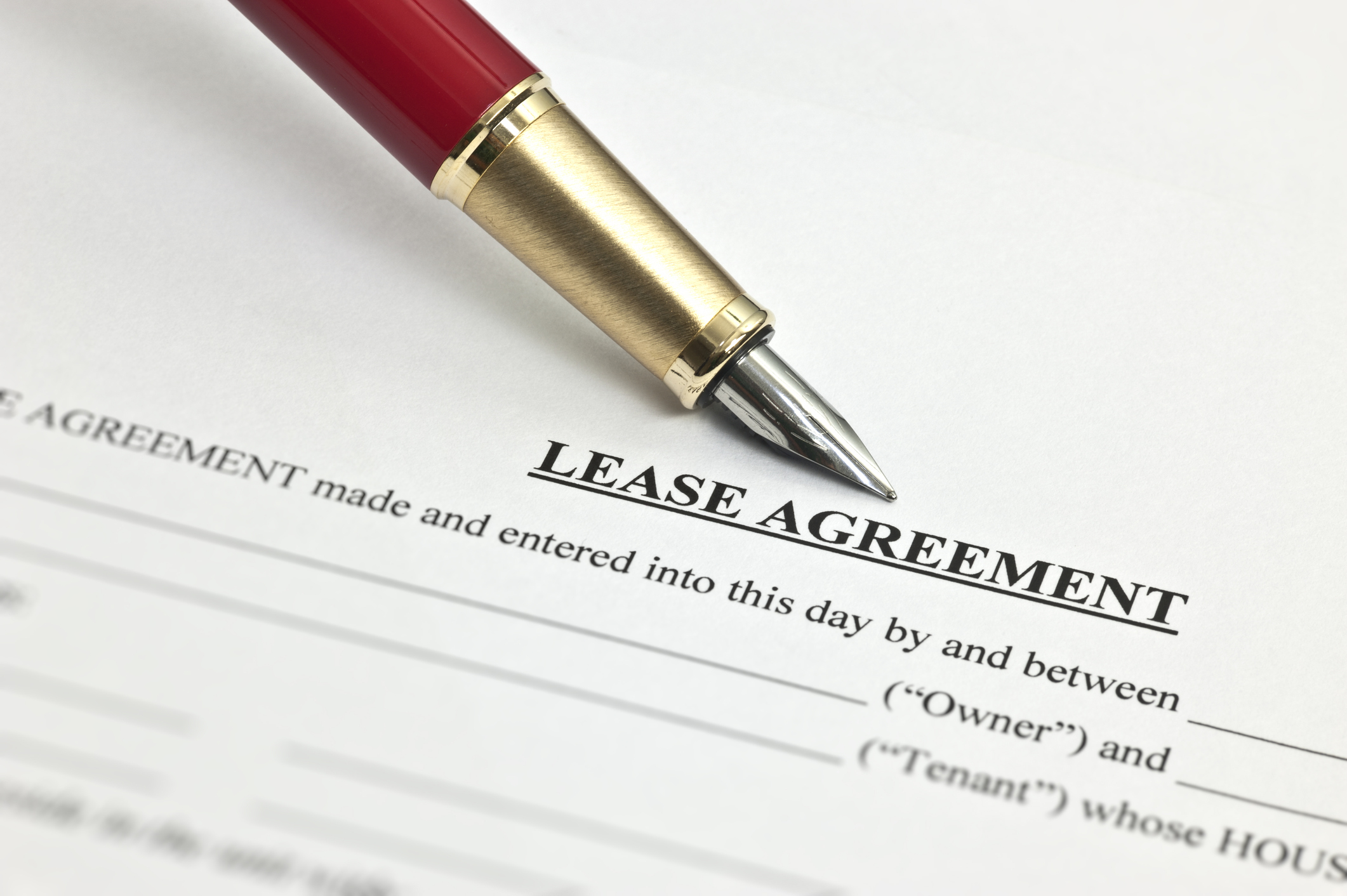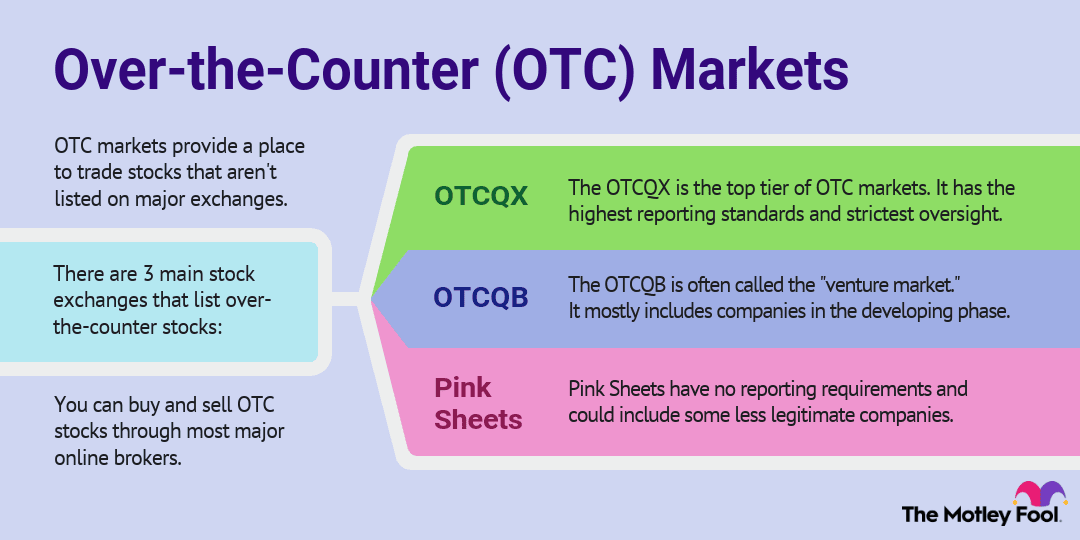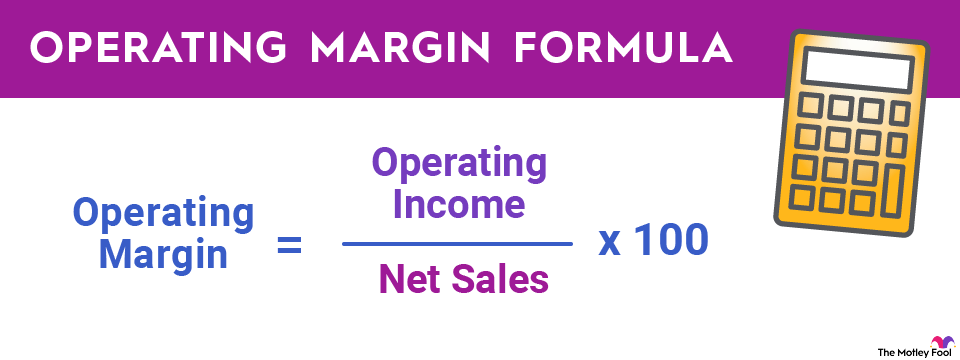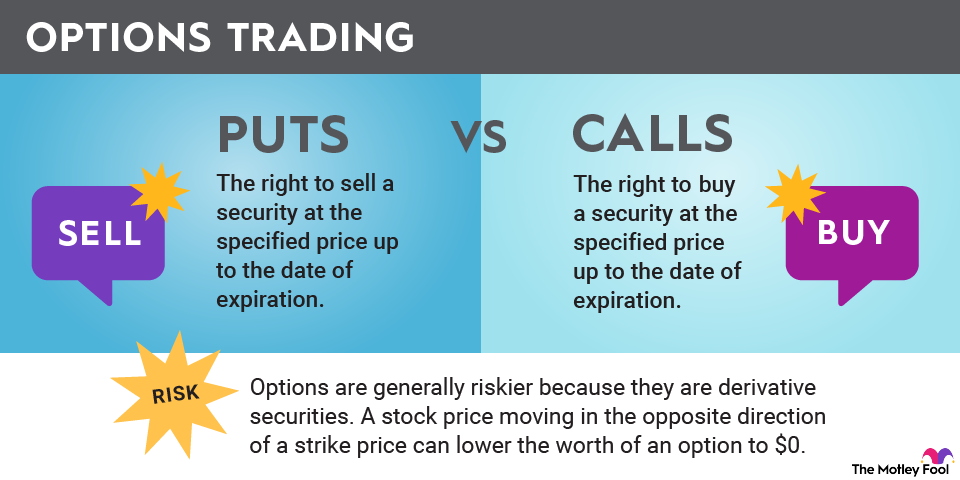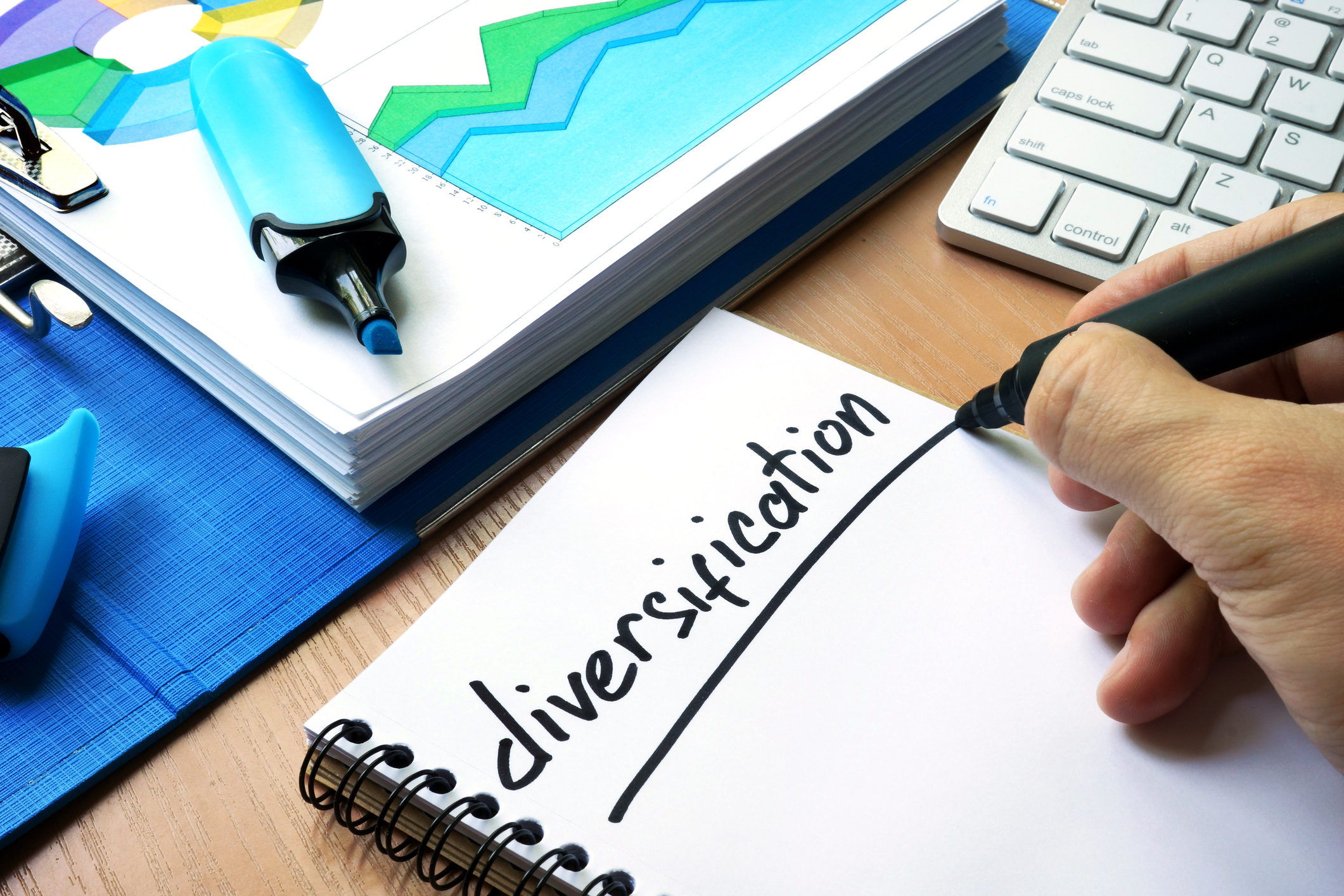If you're making a purchase but your checking account balance is lower than the transaction amount, overdraft protection can ensure the transaction goes through. Overdraft protection can prevent the embarrassment and inconvenience of a declined card.
However, you may be unaware of the exact details of overdraft protection, how it works, and how to leverage its benefits without risking unnecessary fees or falling into irresponsible financial territory. Here's what you should know about overdraft protection.

What is overdraft protection?
Overdraft protection is an optional service offered by banks that helps prevent transactions from being declined when you don't have enough money in your checking account to cover them. Instead of declining the transaction, your bank will cover the difference.
Federal regulations require banks to obtain your consent before they can charge you overdraft fees for one-time debit card or ATM transactions. If you don't opt in, the transaction will typically be declined if you lack sufficient funds.
Many banks automatically cover checks, ACH (Automated Clearing House) transactions, and recurring debit card transactions even if you haven't opted in for coverage. You may still be charged an overdraft fee for these transactions, though.
What are the types of overdraft protection?
Different banks offer different types of overdraft protection, so it's important to check with your specific financial institution to understand the options available to you. Common types of overdraft protection include:
- Standard overdraft coverage: This is the default service offered by many banks. The bank will cover transactions that overdraw your account, typically for a fee.
- Linking to a savings/checking account: This is a common option where, if your primary checking account is overdrawn, funds are automatically transferred from a linked savings account or another checking account to cover the deficit. Some banks offer this service for free, while others may charge a transfer fee.
- Linking to a credit card: In some cases, banks allow you to link a credit card to your checking account for overdraft protection. If you overdraw, a cash advance from the credit card is used to cover the amount. You'll typically pay a fee for the cash advance and interest on the balance.
- Overdraft line of credit: This links your checking account to a pre-approved line of credit. When an overdraft occurs, funds are borrowed from the line of credit to cover the transaction. You'll typically be charged a fee for each use, as well as interest on the borrowed amount. While there are costs involved, it can be cheaper than paying overdraft fees.
Overdraft protection offers a safety net, but it's important to use it responsibly and not rely on it as a regular budgeting tool. It's also important to understand the potential fees and interest charges involved.
What are the benefits of overdraft protection?
Overdraft protection can offer several benefits when used sparingly. Relying too heavily on overdraft protection can result in overspending and potentially lead you to accumulate debt, especially if you're using a line of credit or a credit card to cover the overdrafts.
Ensuring checks and automated payments clear on time is crucial for maintaining a positive payment history for important bills such as rent or loan payments. Overdraft protection can act as a temporary financial cushion in emergencies or unexpected situations when you need to make a payment and your current account balance is low.
That said, a pattern of repeated overdrafts could lead a bank to rescind your overdraft protection and close the account. If you have a significant number of overdrafts or your account has a negative balance, you could wind up with a ChexSystems record, which could make it harder to open a new bank account.
Related investing topics
The bottom line
Deciding whether to opt in for overdraft protection really depends on your individual financial habits and needs. If you occasionally make mistakes in managing your balance or want an extra layer of security against bounced checks or declined transactions, you may want to opt for overdraft protection on your accounts.
On the other hand, if you consistently maintain a healthy balance and closely monitor your accounts, opting out might make sense for you. Aim to budget and manage your spending carefully, as this is the most effective way to avoid overdrafts and the associated costs, with or without overdraft protection.
